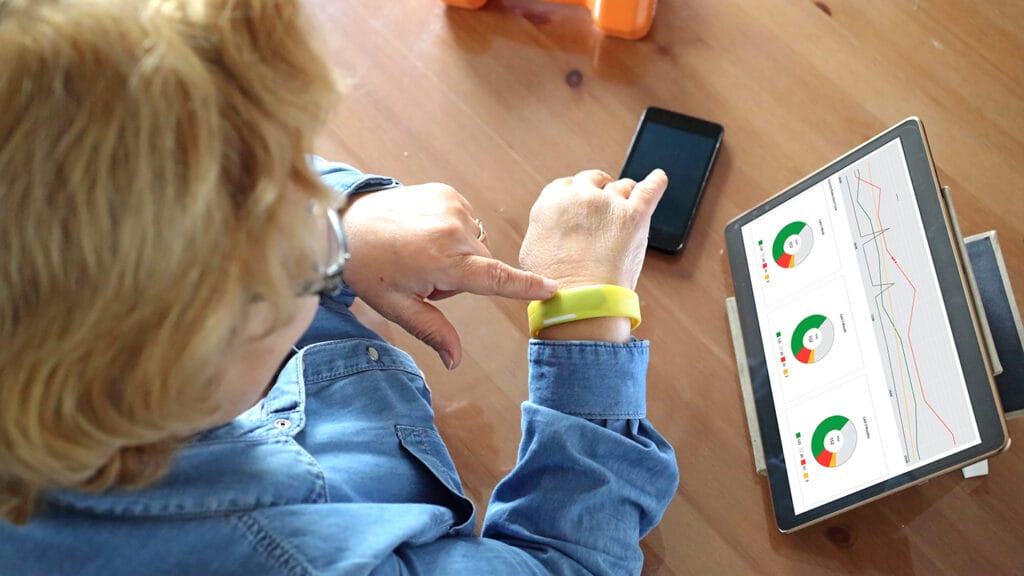
A senior living community’s approach to finding the best wellness technology should begin with an examination of the needs of its residents and staff members, according to a new report developed with a group of providers and other experts.
A International Council on Active Aging Forum think tank of 60 leaders in senior living, community-based services and technology companies met in the fall to formulate recommendations on helping communities develop a wellness technology, or well tech, vision, as well as implementation strategies. The group’s work was compiled in “The promise of well-tech,” a report released Tuesday by ICAA.
“It was extremely valuable to have both the senior living leadership and the technology companies in the same room,” ICAA CEO Colin Milner said in a press release. “The providers detailed what they look for when selecting a technology, and the companies shared insights from their points of view. Everyone walked away with a better understanding of needs and opportunities.”
Well tech, according to ICAA, includes resident-facing technologies that enable communication, engagement and self-care; technologies that enable staff members to communicate and engage with residents; and technology that helps organizations deliver services and lifestyle opportunities.
The report outlines eight principles that participants said should guide every community’s technology vision, including:
- Technology strategies should serve the organization as a whole.
- Involve people who will use the technology in decision-making.
- Examine the utility and usability of technology for each user.
- Technology must include troubleshooting, training and long-term support.
- Long-term partnerships between providers and technology companies are necessary to maximize value.
- Data should be analyzed to find meaningful patterns and trends.
- Training on data collection and interpretation for staff members and leaders is a must.
- Cross-functional teams must analyze data to track wellness outcomes.
Well tech can generate data to prove the value of wellness, personalize services for residents and increase self-care, all while enhancing communication among staff members, according to the report.
The document outlines a planning process that communities can use when considering wellness technology, including discussion question examples and a toolkit of checklists for developing a vision, performing an audit and needs assessment, implementing technologies and evaluating outcomes.
“Technology has tremendous potential to help aging services providers deliver the wellness opportunities that make life worth living,” Milner said. “Grounded by an alignment of mission and values, organizations that buy and companies that sell can develop products and services that benefit the users they are intended for and the businesses themselves.”


